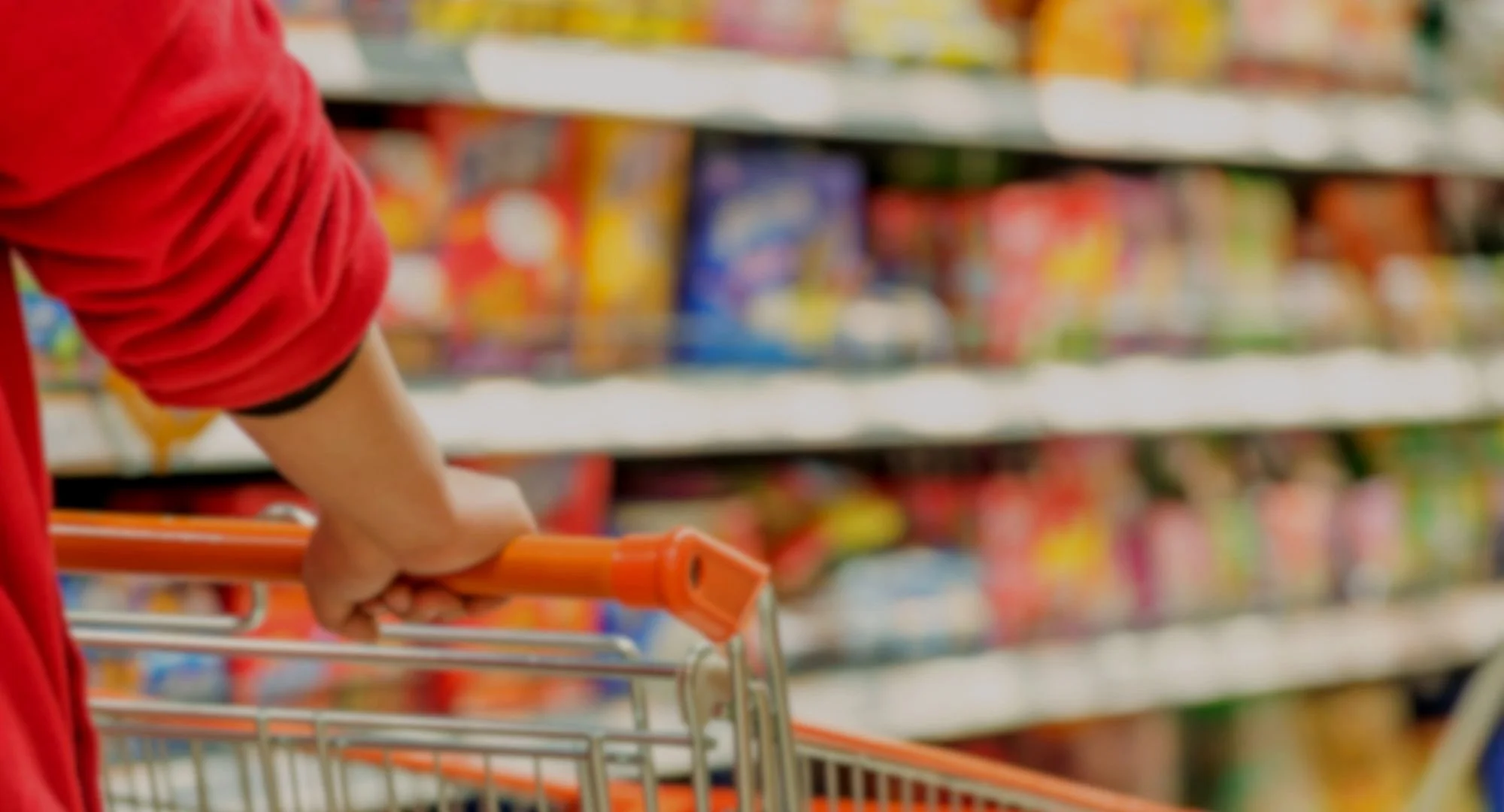We know that food charity isn’t the answer to food insecurity. Food insecurity is rooted in people not having enough income, so the only effective solutions are income-based. That said, we know that these solutions are going to take time. For now, we still need food charities. That’s why making food charity programs more equitable, inclusive, and functional is important.
As part of the Rethinking Food Charity process, we asked People with Lived and Living Experience of poverty and food insecurity to imagine an ideal food program in their community. What services would it provide? How would it feel to go there?
By and large, People with Lived and Living Experience felt strongly that the ideal food program would emphasize client autonomy and choice. They described a program set up like a grocery store and allowed clients to choose their own food. Their ideal program would offer grocery gift cards as an alternative option, and it would be able to fulfill requests for certain foods. Service providers also told us that creating more choices for clients was important to them.
Both food program users and providers told us about their desire to shift to a “grocery store” model. In this model, clients choose the foods they want and can eat from the shelves. It means that clients can choose foods that go together to create meals. Dietary restrictions and preferences are also easier to accommodate.
But how achievable is it to adopt a “grocery store” model? And how can conventional food banks move away from pre-packaged hampers when they rely on limited public food donations?
We did some digging and found a bunch of examples of food programs from across the country. Each program shifted from the traditional pre-packed hamper model of food charity to a model centred on client choice and autonomy.
Client-Choice Food Charities Examples in Canada
Brunswick Street Mission Food Bank (Halifax, Nova Scotia)
In 2022, this food bank transformed from an ordinary food bank that provided pre-packaged food hampers to a revamped food bank that offers clients an experience similar to shopping at a grocery store. People accessing this food bank use a grocery cart to “shop” and choose products they enjoy and meet their cultural and dietary needs.
Read more about their transformation and some of its benefits.St. Andrews Food Bank (St. Andrews, New Brunswick)
This food bank was founded in 2016 by a mother concerned about food insecurity in her community. From the beginning, the St. Andrews food bank took an alternative approach – replacing food boxes with gift cards to give clients more choice and dignity.
Read more about the launch of their program.Feed The Need (Durham, Ontario)
This charity provides emergency food distribution services to individuals and families in their region. In 2022, they launched “The Market.” This grocery-store-style food bank was designed to break both the barriers and stigma attached to accessing a food bank.
Read more about this important and innovative initiative and how it works.Feed Scarborough (Scarborough, Ontario)
This free community grocery store operates very similarly to a typical grocery store, with two cashiers checking clients out near the exit. The big difference is that clients use shopping cards to “purchase” their items. These cards are pre-loaded with points based on household size, similar to prepaid credit cards. What differentiates this client-choice model of food charity from other grocery store models is that clients can choose to “purchase” more than just food. Toiletries and other household essentials are also available. Giving people the option to choose what they need — whether it’s food, toilet tissue, or another household item — is important because people experiencing food insecurity often need more than just food.
Read more about this creative grocery store model.University of Alberta Campus Food Bank (Edmonton, Alberta)
When this food bank moved from pre-packed food hampers to a grocery store model to provide clients with more autonomy and choice, they noticed that less food went out the door. Since the switch, the University of Alberta Campus food bank went from providing an average of 10.4 kilograms per visit to an average of 6.8 kilograms per visit. They believe this reduction is because their clients are only shopping for what they and their families will eat.
Read more about their transformation and their tips for making the switch.Mustard Seed Street Church (Victoria, British Columbia)
Since this food bank made the switch to a client-choice “market” model, there is little difference between them and an ordinary grocery market. For clients, the grocery store experience is more comfortable and dignified, and addresses the stigma around accessing food banks. People simply feel better when they can “shop” around for their specific food needs and wants.
Read more about their dignifying transformation, why they switched, and what they’ve seen.
It’s also important to remember that grocery store models of food charity don’t have to only rely on donations from the public and funders. For example, in 2018, the Toronto-based non-profit organization, Feed It Forward, opened the first “pay-what-you-can” grocery store in Canada, the Feed It Forward Grocery Store, Cafe, and Bakery.
Other Helpful Resources
An academic article about the impact of different food bank approaches on food insecurity. The research happened in Ottawa over 18 months at 11 food banks.
This Ottawa-based doctoral thesis, “Strategies and Experiences in Food Banks, Food Insecurity, and Health.” (if you’re really keen).
Contact for More Information
If you are interested in learning more about client-choice models of food charity and are wondering how one can be adapted to your specific food program context, please reach out to our Rethinking Food Charity Project Lead, Madi Hynes, at madison@foodfirstnl.ca or rethinkfood@foodfirstnl.ca.


